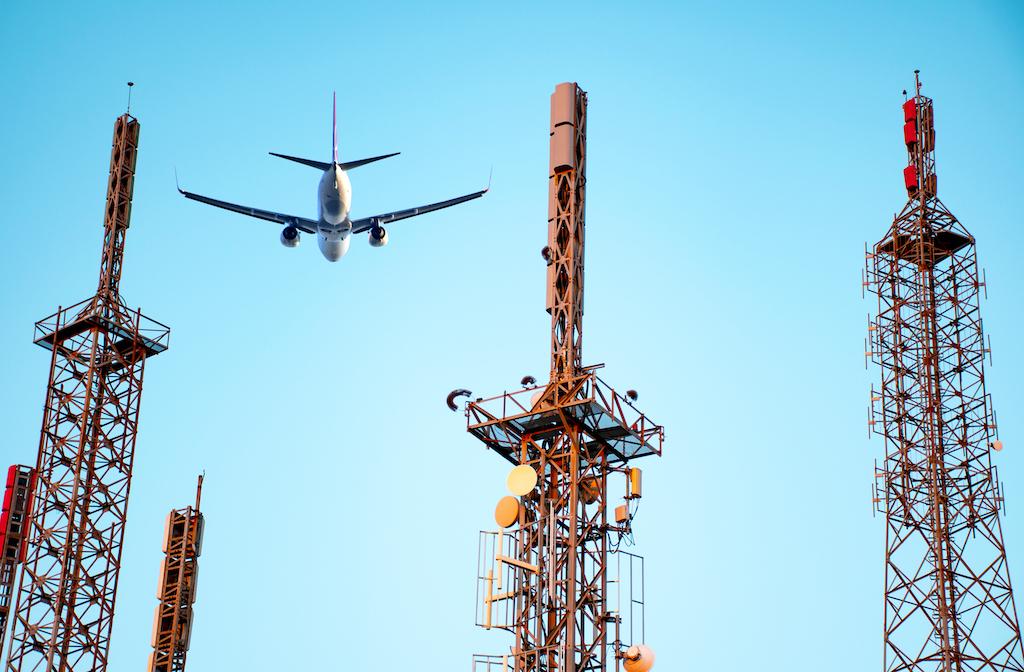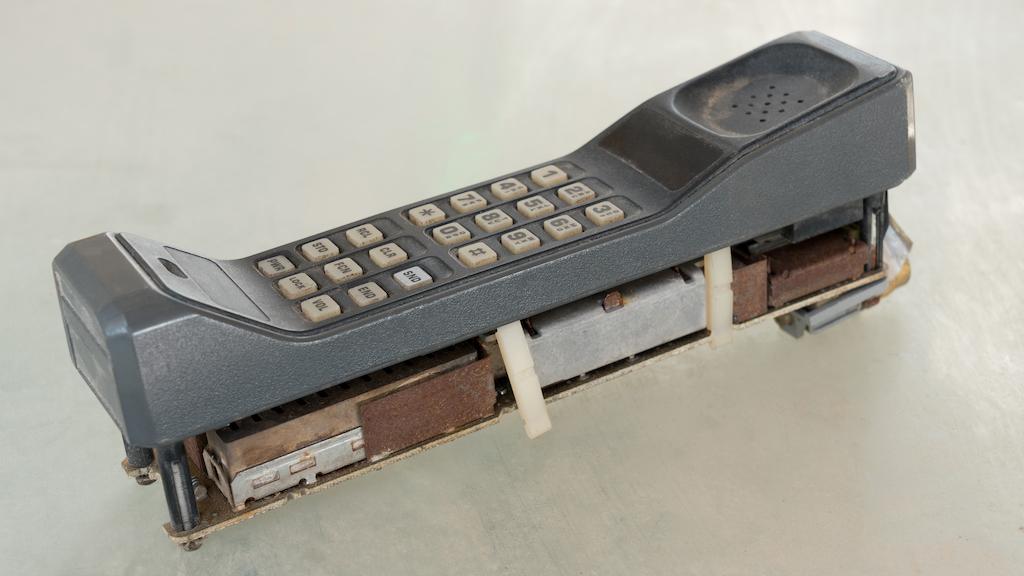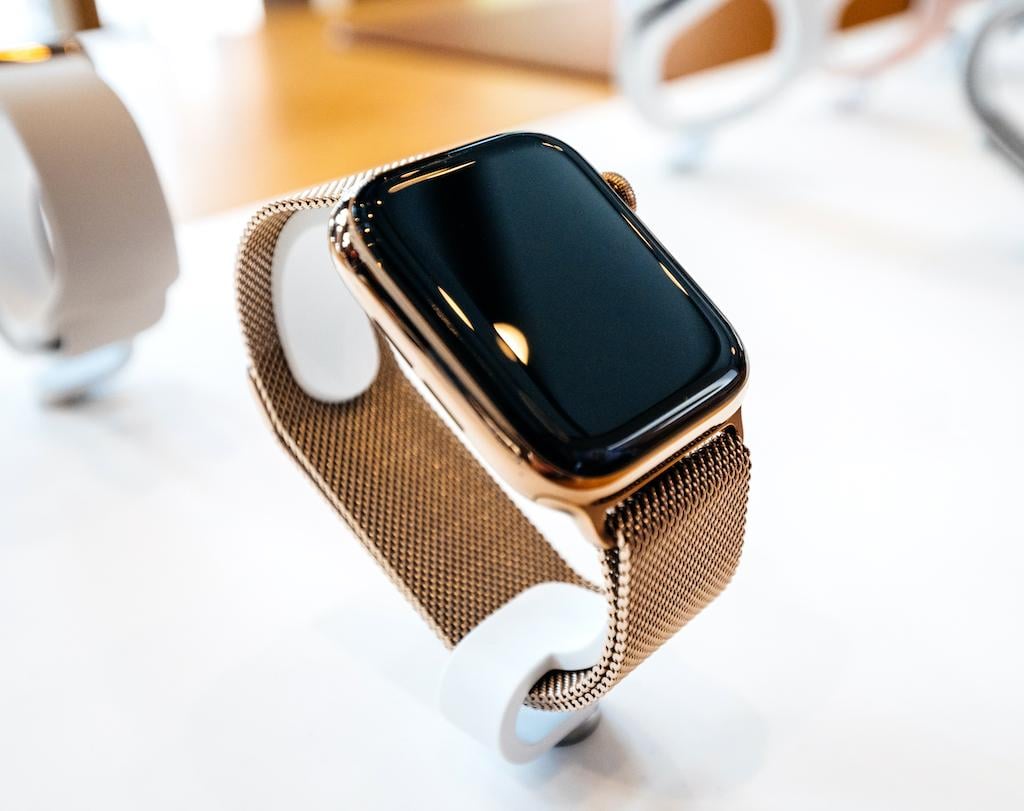
Like many professional pilots, I have been a beneficiary of faster cellular phones with broadband Internet service, giving me access to better aviation products that make my job easier. But also like many other pilots, I don’t know what to make of the current 5G versus radio altimeter frequency clash.
A few months ago, a highly respected aviation expert assured us that there is nothing to worry about, radio altimeters are just advisory tools that we can simply ignore. I knew immediately that this is wrong, so his calming words only made we worry more. My path from then to now has been a series of questions with answers that start with a definitive yes, move to tentative maybes, and end with a simple, I don’t know. And I don’t like not knowing. If you fly an aircraft with a radio altimeter, this is stuff you should worry about.
Is the Fourth Generation (4G) Due to be Replaced? Yes.

With each new generation of cellular phone service, it is easy to marvel at the great leap over how things used to be, and it is hard to imagine how things could possibly get better. But looking back to the previous generation, we also wonder how it is we could have lived with such backward technology. To understand why 4G’s days are limited, we need to look back to how it all started.
The first mobile phones were bulky affairs that amazed the world. A phone with no cord! The first generation of mobile networks—or 1G as they were retroactively dubbed when the next generation came along—was launched by Nippon Telegraph and Telephone (NTT) in Tokyo, Japan in 1979. The first 1G networks appeared in the U.S., Canada and the UK a few years later.
These phones used analog signals, meaning the sound was turned into either varying amplitudes or frequencies placed on top of a “carrier” signal. Every signal between a cellphone and a cellphone tower consumed a bit of the frequency. The frequencies assigned to cellphones quickly became congested. Coverage was poor and sound quality was low. Because the signal wasn’t encrypted, anyone with a radio scanner could eavesdrop on a call. Another issue with analog signals is that they tended to degrade with distance and were subject to losses when amplified.
The frequency bands were mostly in the 450-to-900 MHz range, which is fairly low. A low frequency has the advantage of being able to penetrate walls and to travel around objects, but it isn’t capable of carrying a lot of information. At its best, 1G was capable of transferring 2.4 thousands of bits per second, or 2.4 kbps. But still, no cord!
Second Generation

The second generation of mobile networks, 2G, was launched in 1991 as the Global System for Mobile (GSM) Communications. At first, GSM’s main innovation was to turn analog signals into digital, decreasing distortion, improving transmission distances, and allowing for more information to be transferred more quickly. It also introduced text messages. The second innovation was to use information packets.
Before packets, a call had to carve out a slice of the allotted frequency which became unavailable to others until you were done or otherwise disconnected. With the new technique, your call or other data is broken into smaller packets. Each packet includes a “decoder” known as a header. The header tells the system where the packet needs to go and tells the receiver how to combine all the packets back to their original state. Now your call could go to whatever parts of the frequency that were available. Early systems were known as the General Packet Radio Service (GPRS) and Enhanced Data Rates for GSM Evolution (EDGE).
2G expanded into previously unused frequencies, as high as 1,900 MHz. Higher frequencies could carry more data but had shorter ranges, necessitating more cell towers. By the end of the 2G era, speeds of 40,000 bits per second (40 kbps) and higher were achieved.
Third Generation

3G was launched in Japan in 2001 and included standardized network protocols, allowing data packets to be accessed worldwide. 3G data transfer was four times faster than 2G, allowing video conferencing, video streaming and voice over Internet. While most networks used the same frequency bands as 2G, some crept ever higher up to 2,100 MHz and were able to achieve speeds up to 42 millions of bits per second (42 Mbps).
Fourth Generation

4G was first deployed in 2009 as the Long Term Evolution (LTE) standard. Unlike the upgrade from 2G to 3G, which could be made by changing SIM cards, going to 4G required a new device. The payoff was speeds up to 1 gigabit per second (1Gbps). It is hard to imagine anything better, but as more people adopt the technology, the more crowded the frequencies become. In the UK, for example, residents are only able to access 4G about 53% of the time. New methods have been developed to cram more and more information into existing signals, but more areas of the world are running into bandwidth issues.






Comments
Check https://en.wikipedia.org/wiki/Nordic_Mobile_Telephone
SAG